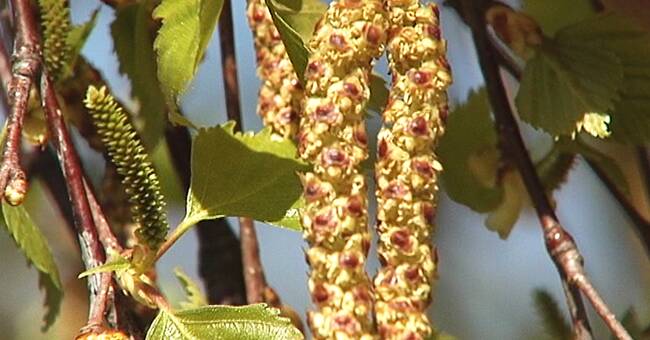Around one in five people in Sweden is allergic to some type of pollen, according to 1177 Vårdguiden.
The vast majority react to birch and grass pollen.
The pollen season extends between February and September / October and has become over a month longer over the past 40 years, according to a study at Karolinska Institutet.
The rain reduces pollen levels
Right now, the pollen forecast for Värmland's measuring station in Forshaga shows moderate levels of elm and low levels of hazel.
Earlier this week, however, the levels of al were very high in the county.
Exactly how much pollen is in the air depends on the weather.
In sunny, windy and warm weather, a lot of pollen is released while rainy days are to the advantage of allergy sufferers.
The highest levels are usually in the middle of the day and the lowest early in the morning.
The rain reduces the pollen levels in the air.
How the wind's path moves is also important.
Pollen and corona
The pandemic and pollen also have a connection.
How much pollen is in the air affects how many people are affected by covid-19.
This is shown by a new international study in which, among others, researchers from the University of Gothenburg participated. High pollen content impairs the secretion of interferons on the mucous membranes - which means that the immune system's first line of defense is weakened.
You can read more about it here.

